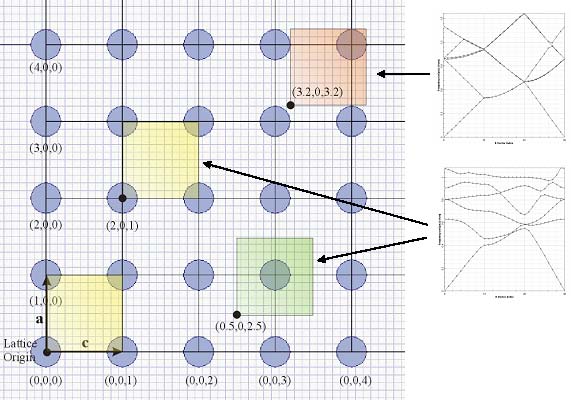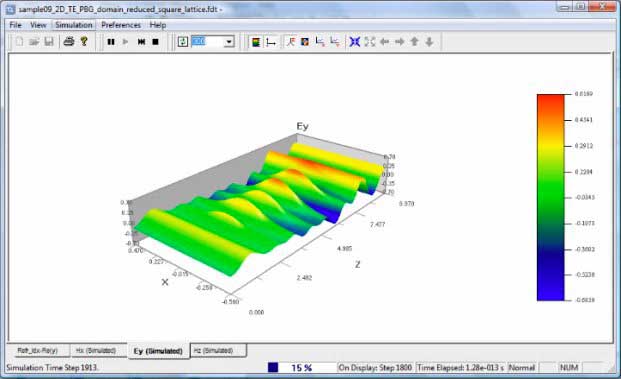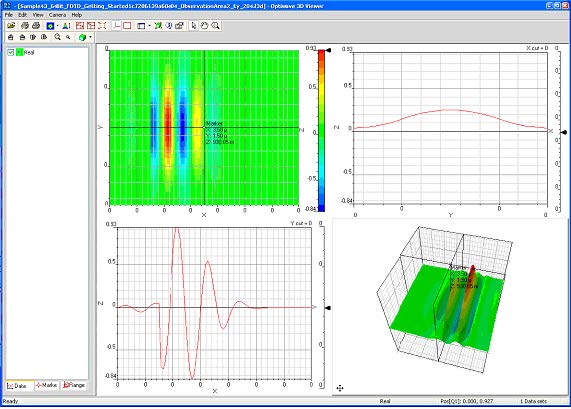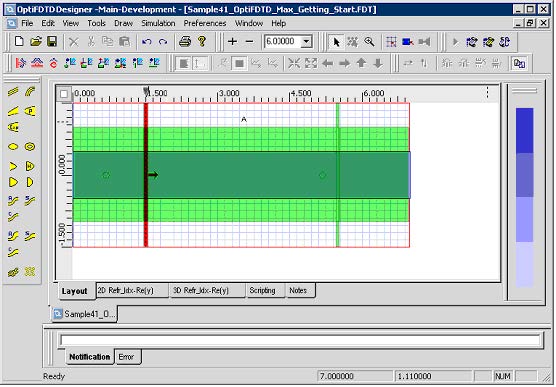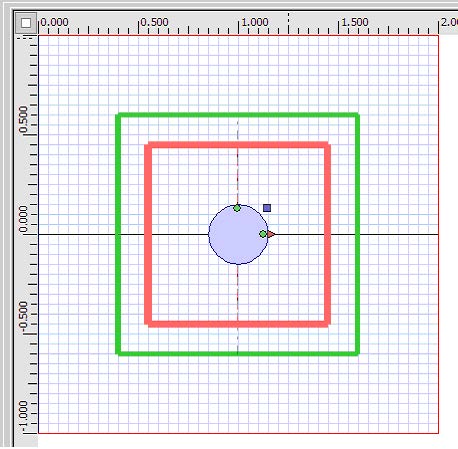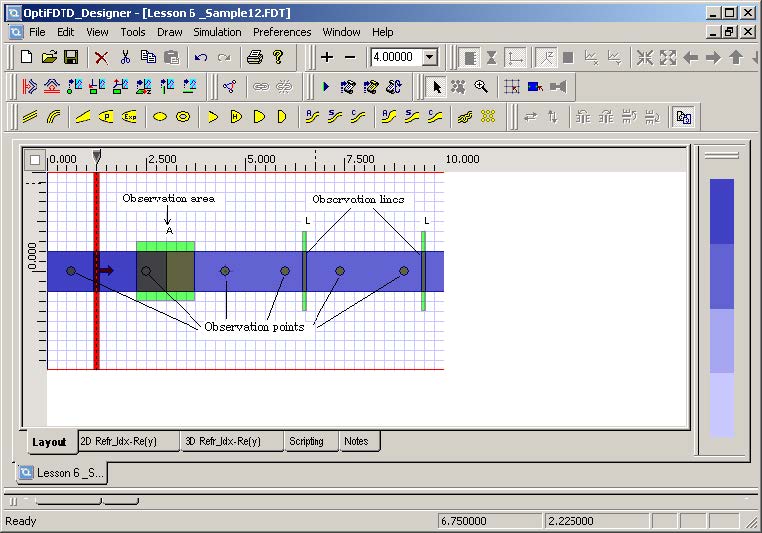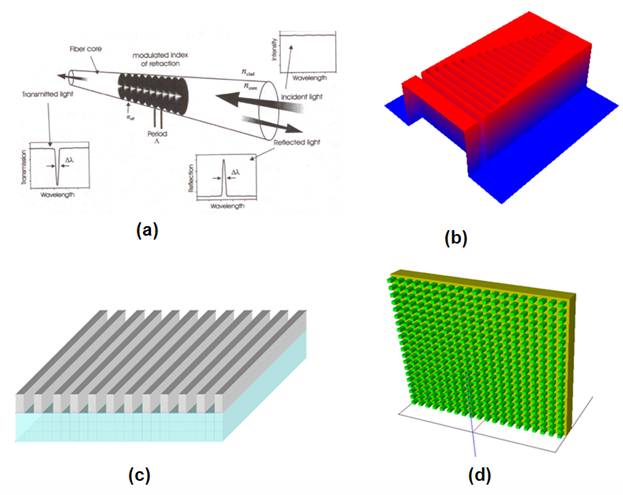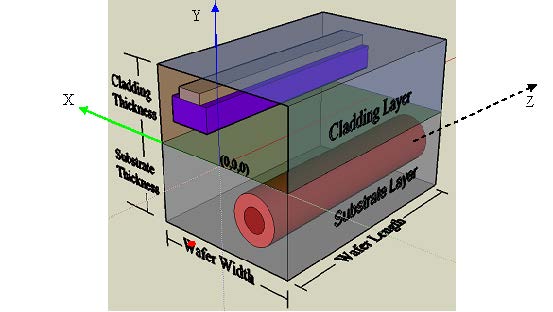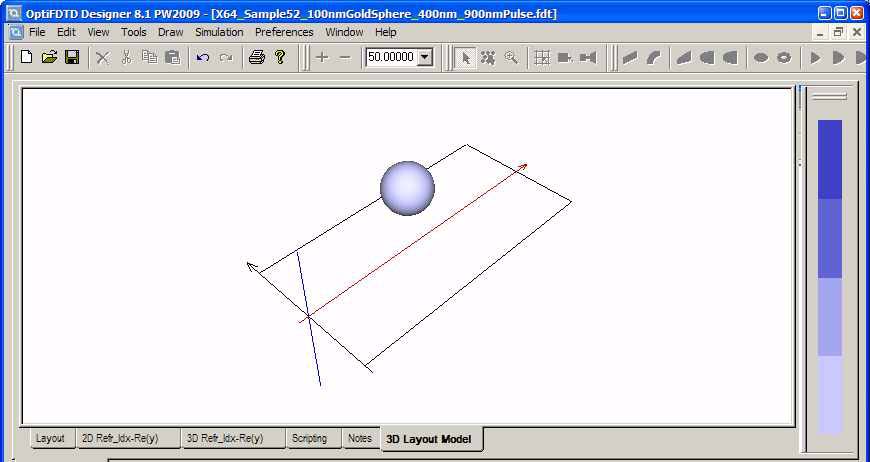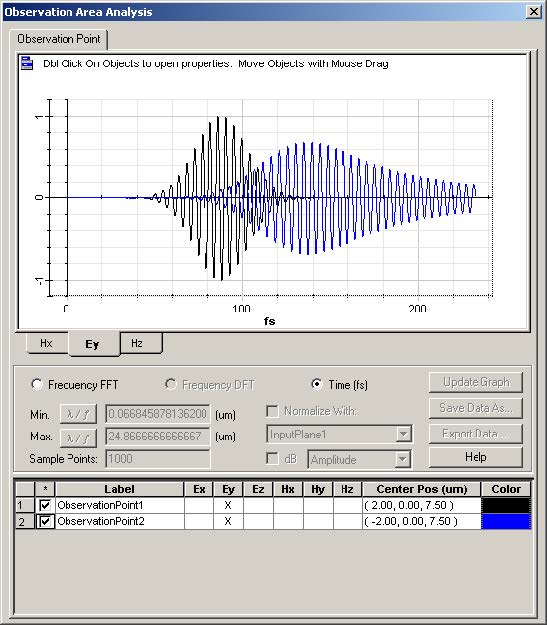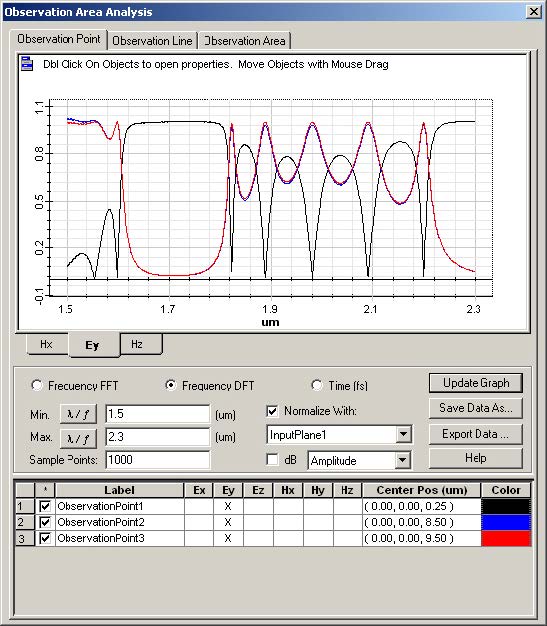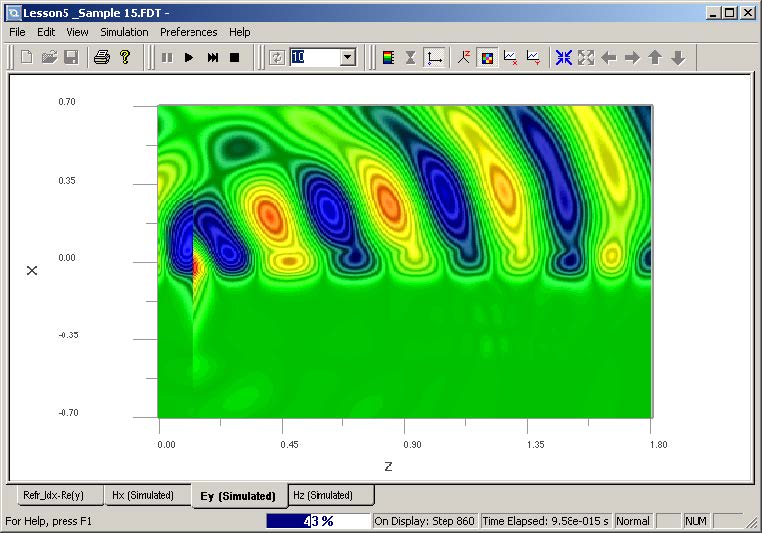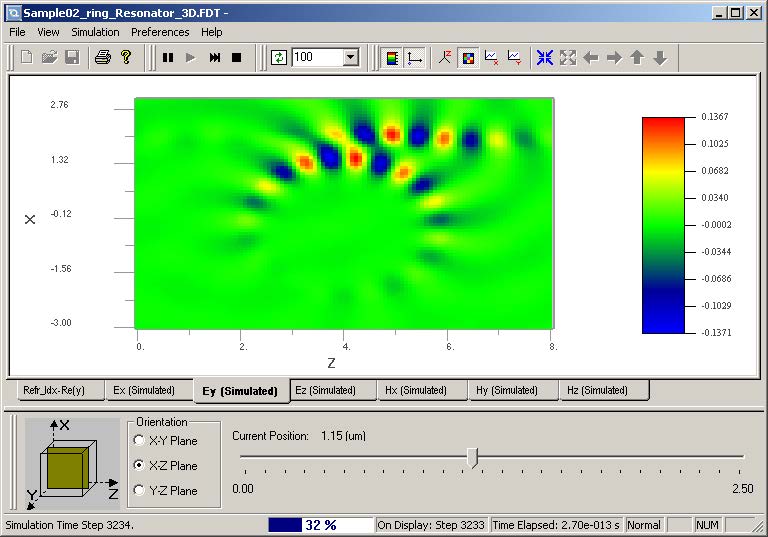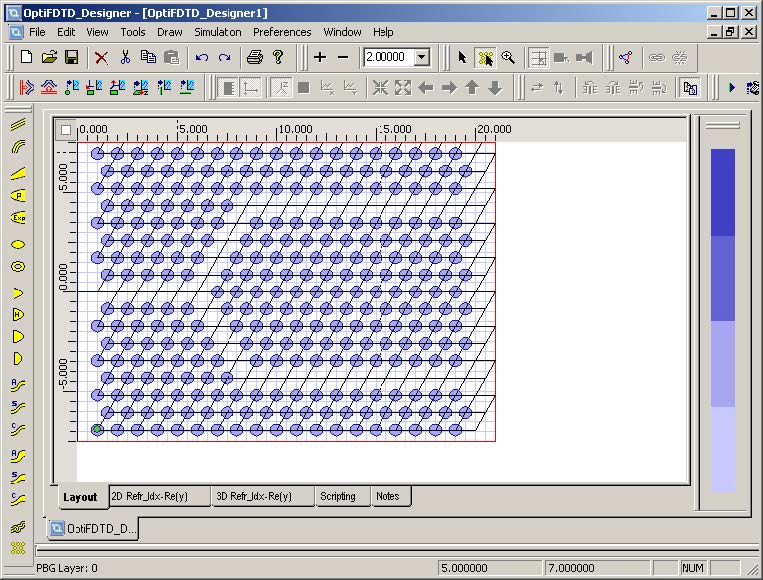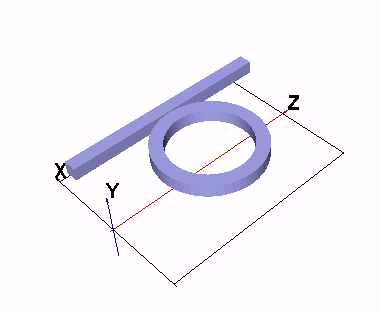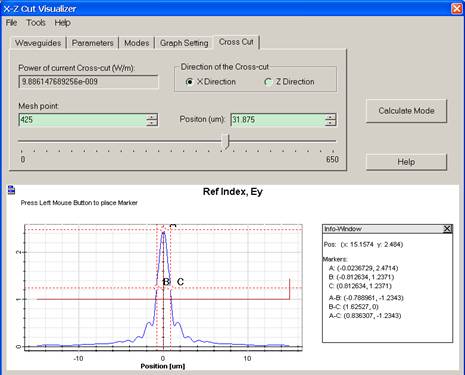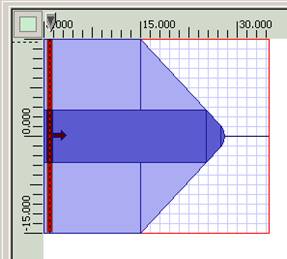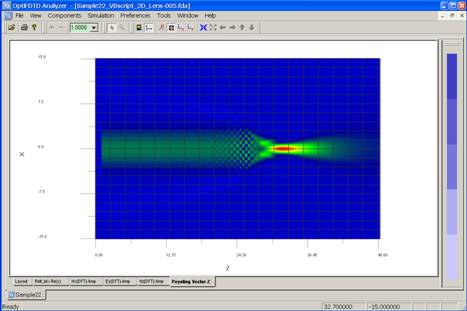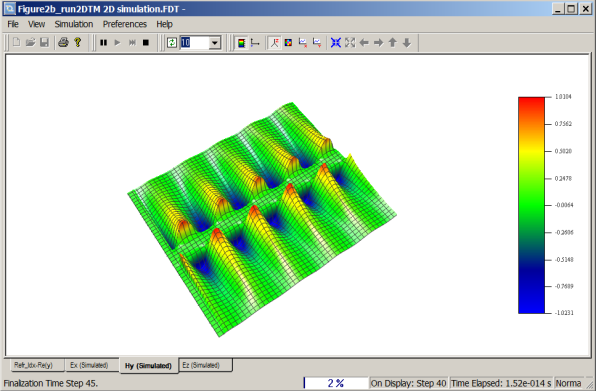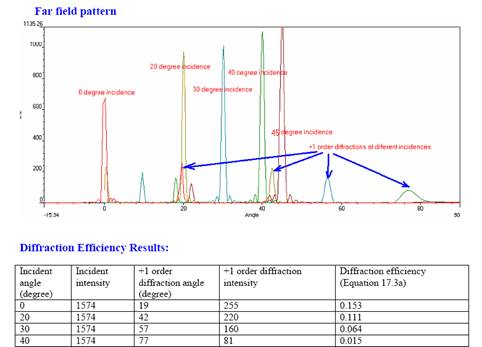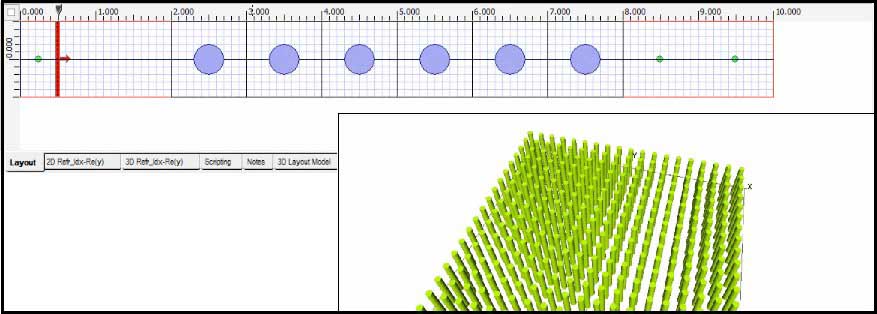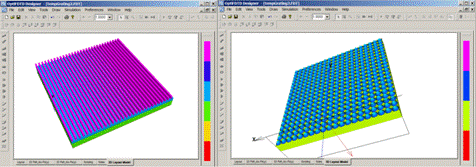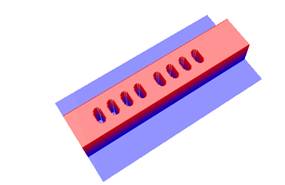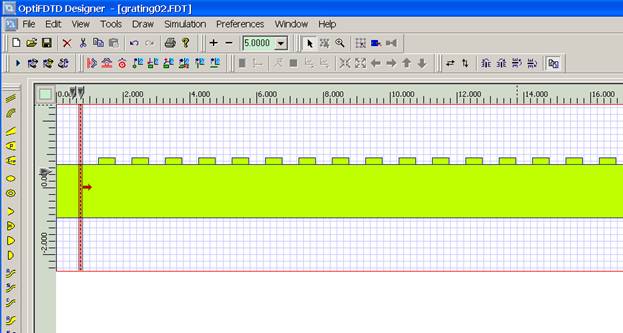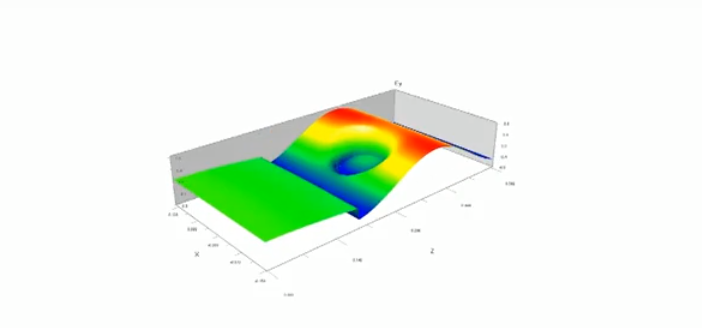OptiFDTD
70 MBYou must login to download this file.
[wordpress_social_login auth_mode="login" caption="Connect with" enable_providers="linkedin" restrict_content="wsl_user_logged_in" assets_base_url="" ] Register Lost your passwordBelow are popular user links:
FDTD Publications
FDTD Videos
FDTD Features
FDTD Tutorials
OptiFDTD enables you to design, analyze and test modern passive and nonlinear photonic components for wave propagation, scattering, reflection, diffraction, polarization and nonlinear phenomena. The core program of OptiFDTD is based on the Finite-Difference Time-Domain (FDTD) algorithm with second-order numerical accuracy and the most advanced boundary conditions – Uniaxial Perfectly Matched Layer (UPML).
The algorithm solves both electric and magnetic fields in temporal and spatial domain using the full-vector differential form of Maxwell’s coupled curl equations. This allows for arbitrary model geometries and places no restriction on the material properties of the devices.
Applications
- Surface Plasmon Resonance (SPR)
- Photonic band gap materials and devices
- Nano-particles, and tissue cells
- Diffractive micro-optics elements and lenses
- Complex integrated optics structures
- Nonlinear materials, dispersive materials
- Optical micro-ring filters and resonators
- Grating based waveguide structures
- Electromagnetic phenomena
Feel free to browse our FDTD gallery (click to enlarge):




